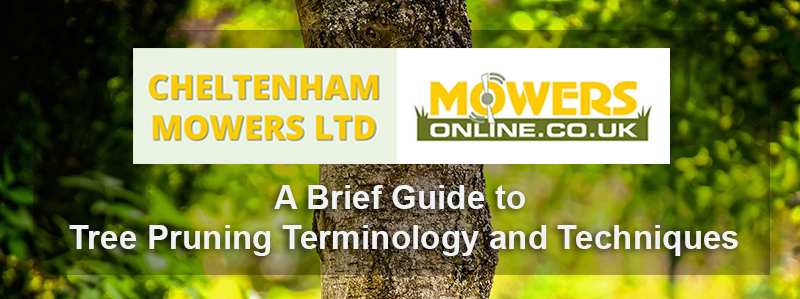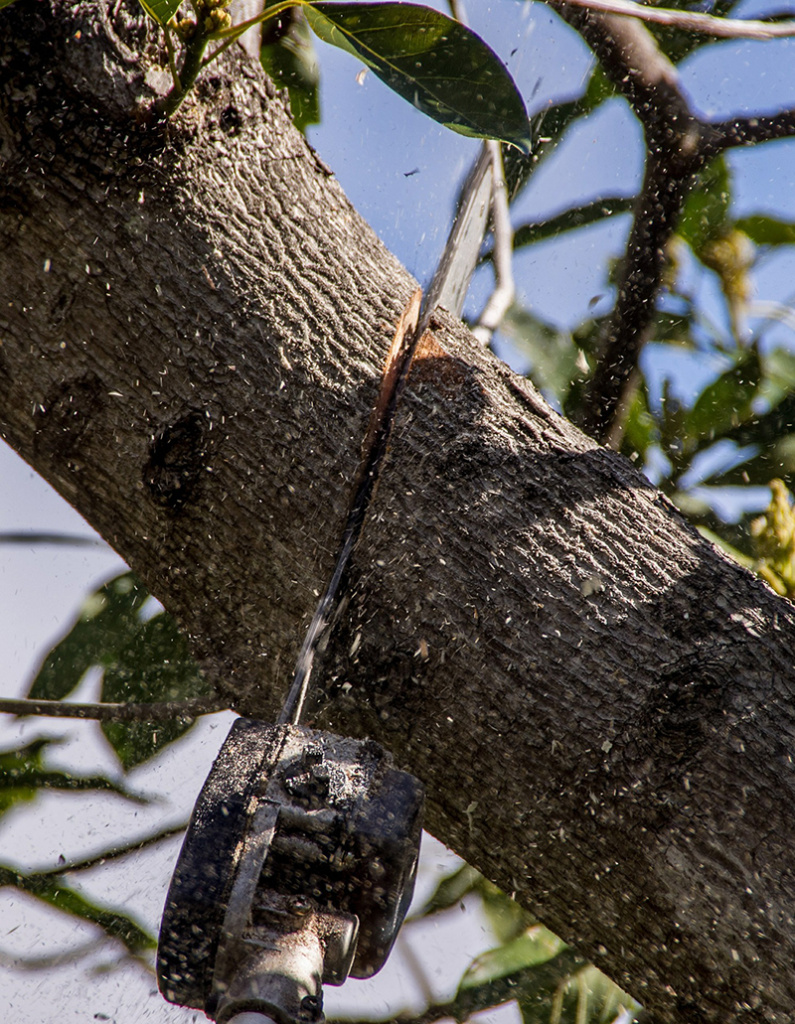
Why we Need to Prune
Trees and bushes require pruning to moderate their shape and size, they also need cutting back to encourage healthy growth. Correct pruning does not only improve the trees appearance and structure, it will boost fruit and and flower production and enhance the overall health of the tree
Thank you for reading this post, don't forget to subscribe!What is the Crown of a Tree?
As we all know the stems of a plant grow up and the roots grow down, but which part is the crown. A trees crown is the branches that grow from the main trunk.
What is the function of a tree crowns?
The crown is where the tree transfers energy and nutrients to and from root and stem.

Tree Pruning Techniques
Crown Thin
Crown thinning does not change the size and shape of a tree, it works by removing smaller branches throughout the tree. The reduction allows more light to pass through the tree, reduces the weight of the branches and gives the tree better resistance to wind.
Crown Reduction
A crown reduction reduces the trees overall size in height and spread. This can be when a tree has grown to large for its environment and causes light reduction or perhaps the tree branches are encroaching on a neighbours boundary.
Crown Lift or Raise
Crown lifting is the removal of the trees lowest branches only. This method is usually applied when clearance is needed under a tree or when trees overhang highways or other areas where safe access is required under the tree.
Correct Pruning Techniques
Most trees should be pruned in dormant months, this means through the Winter months and in some cases late Autumn but only if it’s cold enough. Every cut to a tree is a wound it has to heal from and in the warmer, humid weather bacteria and fungus is more likely to cause a problem, causing the tree to become diseased and in a worst-case scenario decay.

Other Common Tree Work Terms
Bracing – installing cables, belts or ropes for reducing stress damage in high winds.
Coppicing – a tree is cut to ground level to promote new stem growth
Formative pruning – pruning of young trees to either correct structure or create a desired shape (Topiary).
Lopping and Topping – a crude term usually describing improper pruning of trees. Lopping side branches and topping the tall branches.
Final thoughts
There are times when only a professional will do, tall or mature trees will require someone who is trained in working at height with all the safety equipment required for the job.
Tree maintenance and pruning should be well planned and conducted with the correct saws and safety equipment. Begin with identifying the trees you have in your garden and researching when and how to prune them. There are plenty of online resources available giving in-depth information and tutorials on tree pruning.
You can find more information on using and maintaining a chainsaw here.
If you require any further advice on chainsaws or safety equipment please email us at: [email protected]
